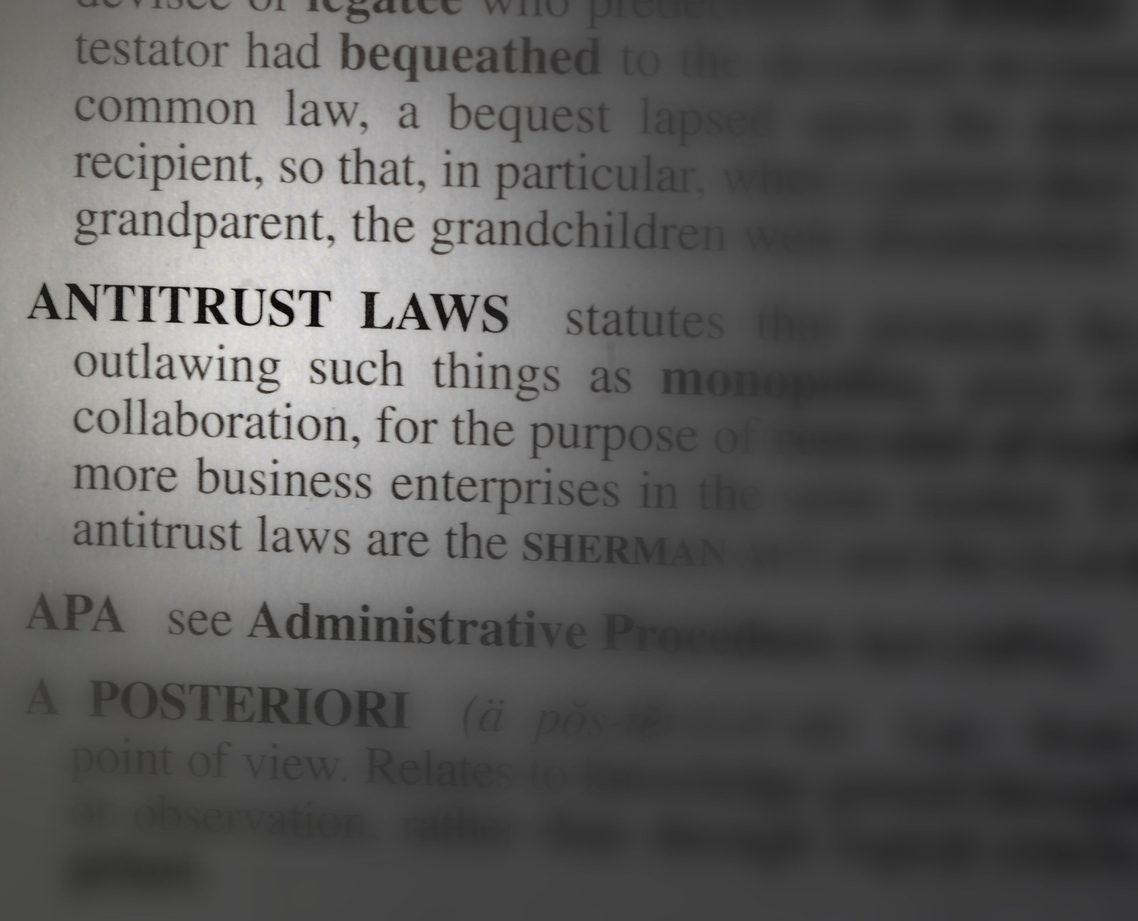Insurance agents need to do a better job convincing commercial policyholders to purchase business interruption and extra expense coverage. Insurance claims executives need to do a far better job paying those benefits much quicker than they typically do. These two activities would help many more commercial establishments remain in business following a catastrophe.
Christopher Boggs has written a down to earth book regarding business income insurance, "Business Income Insurance Demystified: The Simplified Guide to Time Element Coverages." Buy it if you adjust property insurance claims and want to do a better job adjusting business income claims. If you are an insurance company defense attorney, don’t buy it–I will use what he has written against your client and I do not need you more educated than you are. Risk managers need to buy it to explain to your CFO’s and CEO’s why this coverage is so important. Agents should buy the work to sell more business income coverage.
Do any insurance companies have their own adjusters determine the amount of business income or extra expense coverage is owed? Virtually all hire outside consultants and accountants to make the determination. Most adjusters wait weeks or months following a disaster to have these consultants and accountants do the work of evaluating the income and expenses of a business following a disaster. As a result, most business income and extra expense benefits are delayed at the most crucial time following a disaster. Months, rather than days, are the normal sequence for evaluation and payment of time element losses.
Most insurance agents do not understand how to address the importance of business income coverage. "Fear" is a great motivator in life and maybe agents and risk managers should consider the statistics of failure for commercial enterprises following disaster.
Boggs notes:
The insurance industry has long stated that 25 percent of the businesses that suffer a catastrophic loss (one causing a complete shutdown of more than 30 days) never reopen. The percentage could actually be much higher.
Not included in that often-quoted statistic is the number or percentage of the businesses that do reopen but ultimately close within three to five years after the catastrophic loss, with such failure being directly traceable to the loss. Considering those two classifications of catastrophe- induced business closures, the failure rate of a business due directly to major direct property losses could approach 45 or 50 percent…
The point of this post is two-fold. First, businesses need more and better time element coverage. Second, adjustments of these losses need to be much more prompt.
My suggestion to those commercial policyholders suffering a significant loss with downtime is to immediately ask for payment of income coverages and how extra expense dollars can be used to mitigate the loss and prepare for the ongoing operations after the restoration is complete.
Boggs argues in his book that the business income coverages are the most important coverages available to commercial policyholders, more so than other property coverages. I am not so certain about that. Yet, I agree that they are just as important because commercial enterprises rely upon revenue to exist. Money is blood to a business.
I also suggest all property insurance practitioners add Boggs’ work to their library.



